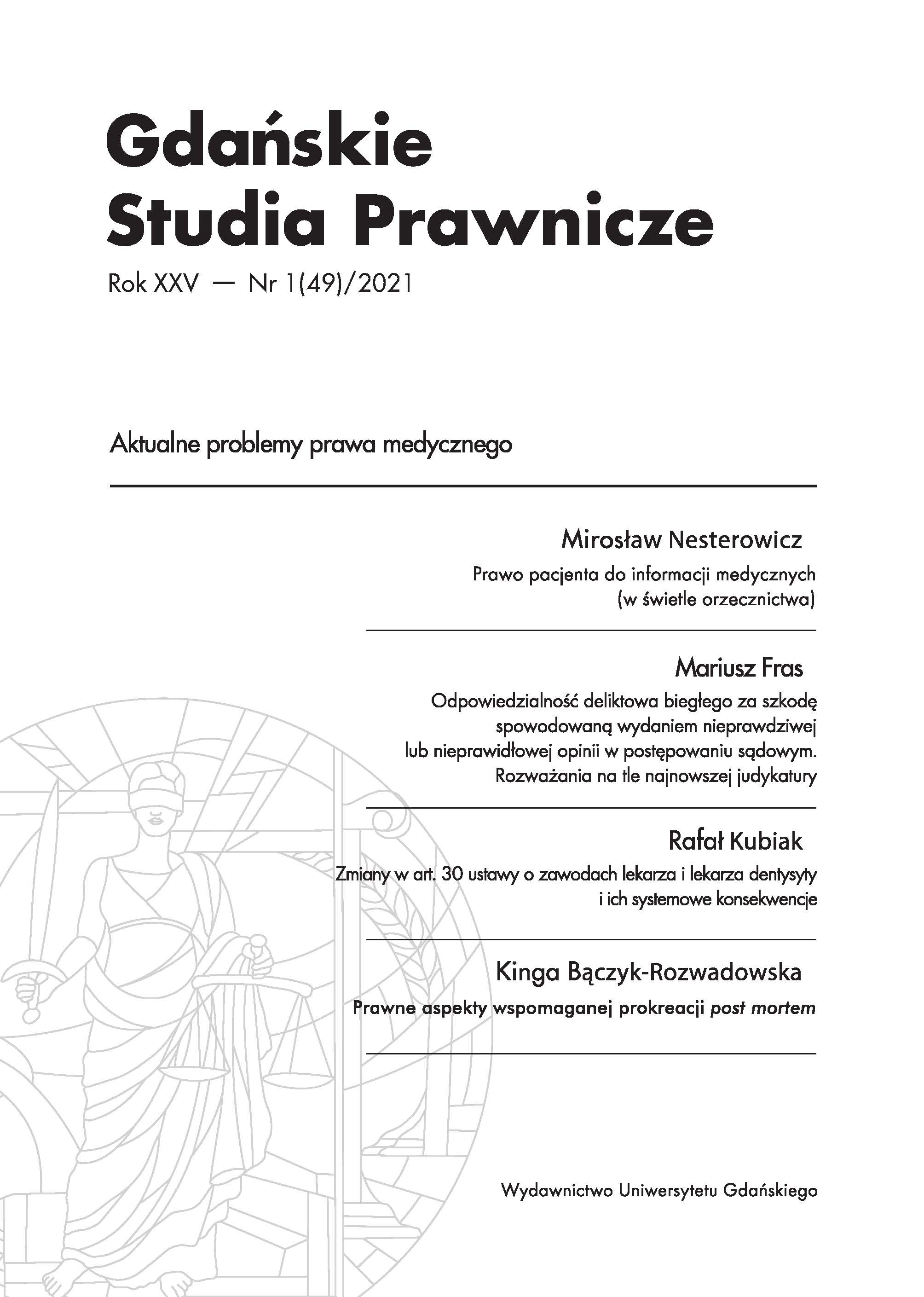Ramy prawne certyfikacji wyrobów medycznych na przykładzie oprogramowania wspomagającego przepisywanie leków
Legal Framework of Medical Device Certification on the Example of Drug Prescription Assistance Software
Decision of the Court of Justice of 7 December 2017, C-329/16
Author(s): Sylwia Majkowska-SzulcSubject(s): Law, Constitution, Jurisprudence
Published by: Wydawnictwo Uniwersytetu Gdańskiego
Keywords: European Union; medical device; medical software; medical equipment; CE marking; drug prescription; medical law; COVID-19
Summary/Abstract: This paper deals with the legal framework of medical device certification on the example of drug prescription assistance software. The topic is significant as medical software has become a key component of each healthcare system. Simultaneously, one of the most important goals of the European Union is to strive for a high level of health protection. The judgment at stake serves this purpose perfectly. The Court of Justice has defined criteria to distinguish software for medical purposes from software for general purposes when used in a healthcare setting. Thus, the software for medical purposes was classified as a medical device, unlike software for general use in healthcare, which was excluded both from the scope of application of Directive 93/42 and Regulation 2017/745. In addition, the Court of Justice clarified the character of soft law in the form of Commission’s Guidelines on the Qualification and Classification of stand alone software used in Healthcare within the Regulatory Framework of Medical Devices (MEDDEV 2.1/6). Moreover, the Court of Justice made a slight incidental opinion on the division of competences between the Member States and the European Union regarding the classification of devices as medical devices, giving a decisive role to the EU authorities. Finally, the Court ruled that soft- ware, of which at least one of the functions makes it possible to use patient-specific data for the purposes, inter alia, of detecting contraindications, drug interactions and excessive doses, is, in respect of that function, a medical device, even if that software does not act directly in or on the human body. The Court’s ruling deserves approval. Although it was issued on the basis of Directive 93/42, it remained valid after the Regulation 2017/745 became applicable. Experiences from the SARS-CoV-2 Pandemic showed the need for further standardization of approaches to the assessment and validation of medical devices in the European Union. The need will certainly be followed by further intensive development of harmonization of medical devices on the EU level.
Journal: Gdańskie Studia Prawnicze
- Issue Year: I/2021
- Issue No: 49
- Page Range: 133-145
- Page Count: 13
- Language: English, Polish

